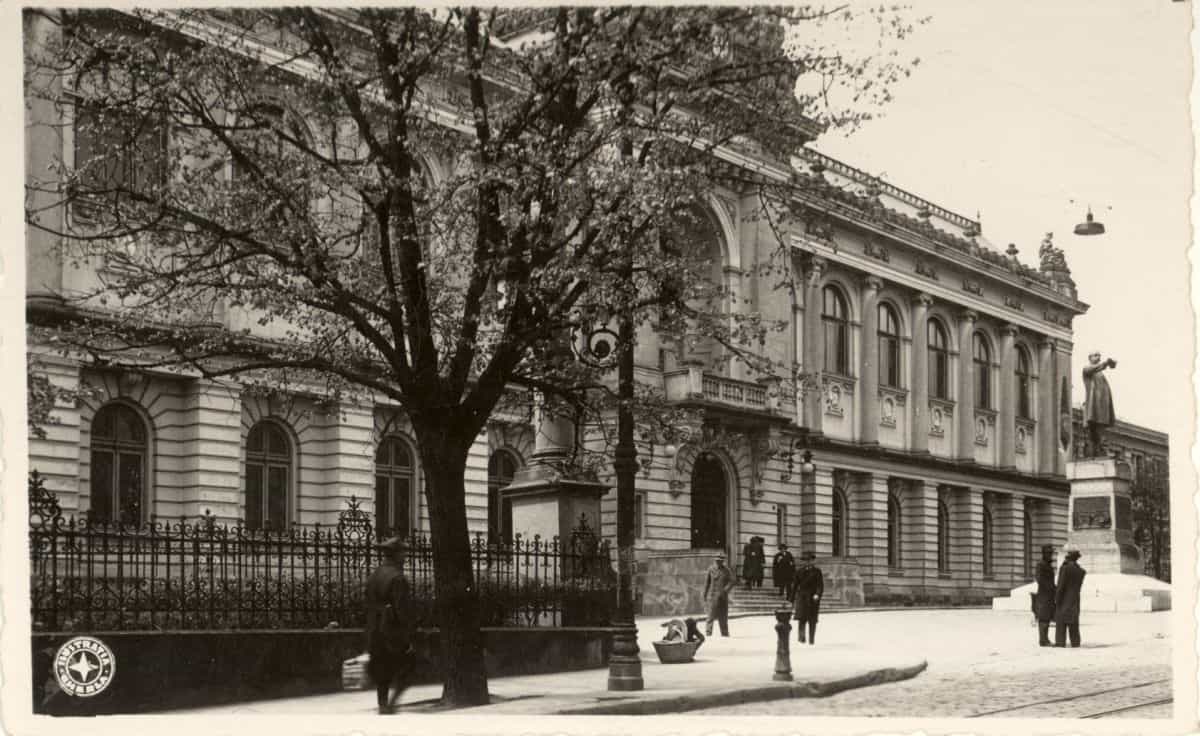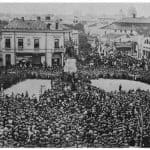Alexandru Ioan Cuza University is not only the emblem institution of the Iasi education but is the first institution of modern higher education of Romania, inaugurated on October 26, 1860, in full euphoria generated by the fresh union of Wallachia with Moldova. Since its inauguration, the University has embarked on the path of continuous progress, its remarkable evolution giving it a place of honor among the European institutions of the same caliber. Its location in one of the historical districts of Iaşi, the Copou district, as well as the majestic appearance of the building make the University popular not only among those aspiring to a process of education at academic standards but is also found in the top of the preferences of those who visit the beautiful city of Iaşi. The Palace of the University, the current body A, whose monumental entrance is metaphorically guarded by two lions, became symbols of the building, successfully combining the classic style with the Baroque, according to the eclectic trend of the time. Built between 1893 and 1897 according to the plans of Louis le Blanc and expanded in the interwar period, the palace enjoyed an inaugural presence, ennobled by the presence of King Carol I and Queen Elizabeth. Subsequently, new bodies were built in the first half of the 20th century.

In the center of the university palace there is a three hundred-seat auditorium where cultural events or university meetings take place. The first level library is a true architectural poetry through the extraordinary decorative strips that enrich it, being considered one of the most beautiful libraries in the world. The lost hall hall lying on the entrance hall of the right wing is an ample work of art, 300 square meters decorated with 19 frescoes made by the famous Romanian painter Sabin Bălăşa in secco technique, with a chrome that reminds of the mysterious blue Voroneţ and inspired from the history and spirituality of the Romanian people. In 2002 Sabin Bălaşa completes Aula Magna “Mihai Eminescu” within the University, giving him an impressive fresco, the “Galaxy of Love”, a “radiography of the Eminescian universe”, a true masterpiece of the Romanian painting.


